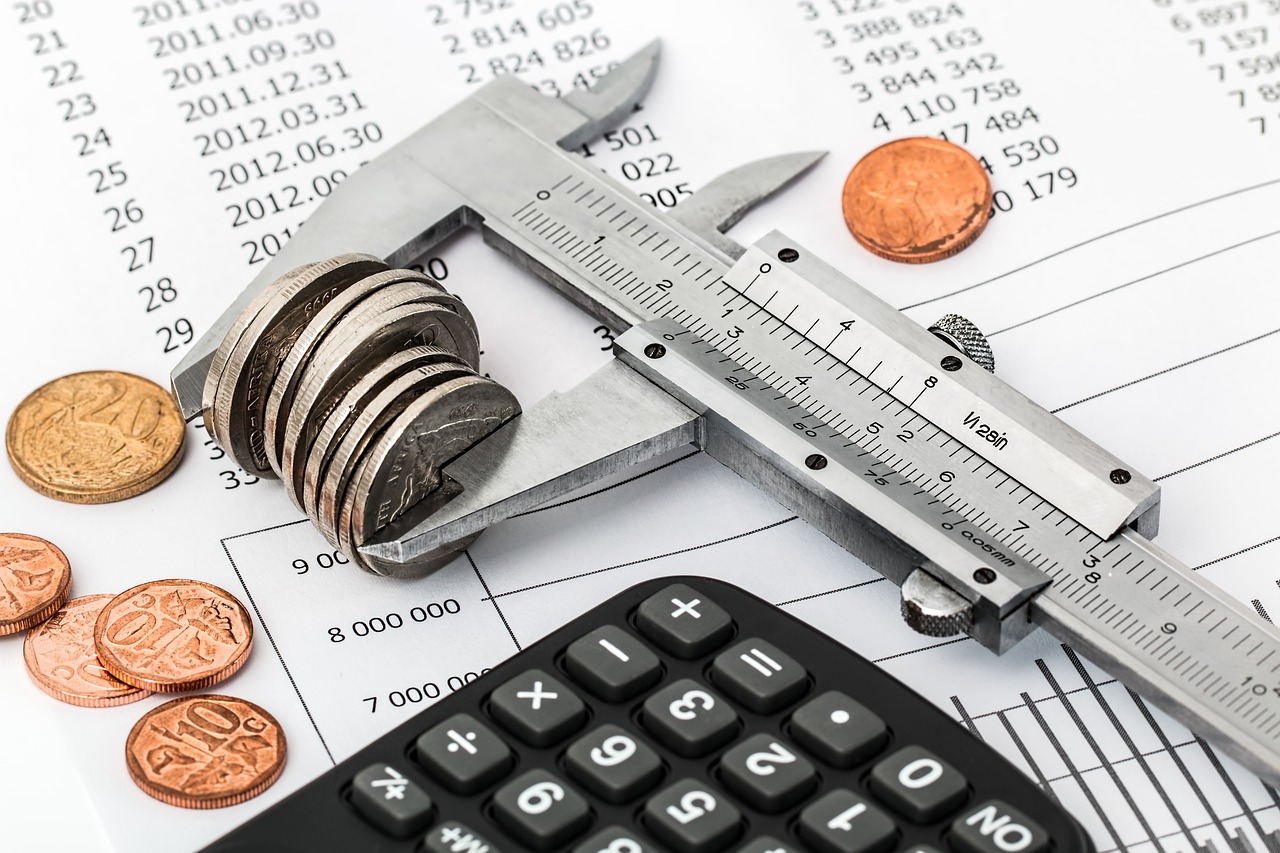Financing projects is always potentially complex for a property developer. There’s the purchase price of the house or development site, plus the build costs associated with that and all this has to be completed within certain timescales.
If you are an experienced property developer with proven success then obtaining finance will be exponentially easier for you than for someone who is just starting out as a property developer and yet to prove their developing ability. However, if you’re in the latter category then there are lenders who will still provide finance, though it will probably be at a greater cost. Here’s a quick guide to the basic points of development finance:
- It’s short term funding, usually for between 6-18m, depending on how long the completion will take and how long the finished property will take to sell.
- It’s specifically for helping with the purchase and build costs associated with a residential development project, i.e. conversions, new builds or refurbishment. At one end of the scale it can be for single units and at the other end development finance can fund a number of phases including multiple units.
- The loan is generally given in monthly payments, rather than a one-off sum, equal to the development costs of that month, subject to approval. It will be released against works completed.
- Development finance loans will always be secured and most often against the development property or development site.
- The vast majority of development loans are for residential purposes, although there is also a possibility that in certain circumstances a loan can be for mixed use or wholly commercial.
In a development finance package there are two key elements. The first part of the funding will help with the purchase of the development site, whether this is for a new build or builds or whether it’s for refurbishing an existing property. The second stage will pay for the costs of the building work of the project. This is the sum of finance which is given in monthly drawdown payments rather than the whole amount upfront.
Obviously, there has to be some approval of the works before the drawdown payments can be made and this is done by an independent monitoring surveyor. He/she will act on behalf of the lender to make sure that everything is progressing as arranged, namely that it’s within budget, on time and they will be on hand during their inspection to flag any potential problems that may have arisen. This is dependant on the experience of the developer, the amount of the build costs and the type of project. Whatever costs are incurred are payable by the borrower, even though the IMS will be acting on behalf of the lender.
How much funding can be expected?
As you might imagine, this is hugely variable and very much subject to the borrowers circumstances. A professional valuation report will be prepared and this will give three key figures which will all be used to determine the amount of finance to be paid. These figures are:
- The current value of the site (either of the site with planning permission or the value of the property that was there before).
- The building costs themselves, projected or actual.
- The gross development value, which is the value of the completed project – the assumption being that all of the works have been finished.
Each lender will have different parameters within which they work and it’s usually worth checking out a few figures before you make your final choice (newer property developers will have fewer choices than established ones). Then the amount of fees and interest will be assessed, based on:
- The amount borrowed
- The term of the loan
- The percentage borrowed against overall costs (building costs and current value).
Once these figures have been processed, an offer of finance will be made. And once this is accepted, the lender can begin the formal process of funding. This is a potentially complex bit of the process to deal with and the loan and mortgage paperwork is usually handled by the respective solicitors for the borrower and the lender.
Repayment
In a general sense this will be due before the agreed loan term ends. But – if extra time is necessary to secure the sale then it’s possible to negotiate to have a window of extension so this can happen. Repayment will be of the initial funds and then of any drawdown payments made, subject to the approval of the IMS.
Property development loan roundup
- This is obviously a major undertaking and securing the right finance for your project, at the right rates, is a major element of the property development process. Without the security of proper finance, the entire viability of the project is put at risk, so don’t cut corners.
- A property development loan is a secured loan given expressly for the purpose of land or property purchase, plus to finance the building works.
- If the site doesn’t have planning permission, then it might be that a ‘Permitted Development’ approval will be necessary.
- Lenders will take the value of the completed development (the gross development value) and they will cap their lending against it. They will only give a percentage of the purchase price, unless there are extenuating circumstances.
- High street banks will provide a borrowing facility, but at a much more conservative level. Specialist lenders will almost always give more favourable rates so it’s worth shopping around,
- The loan term is generally between 6-18 months, depending how long completion will take and how long the finished property will take to sell.
- Once the development itself is underway, the build loan will be given in stages, subject to IMS approval. The amount given each time equates to the cost of works completed in that month.
- Loans will always be secured, most often against the development property or development site.
- The vast majority of development loans will be residential, although under certain circumstances there’s a possibility that a loan can be for mixed use or wholly commercial.




